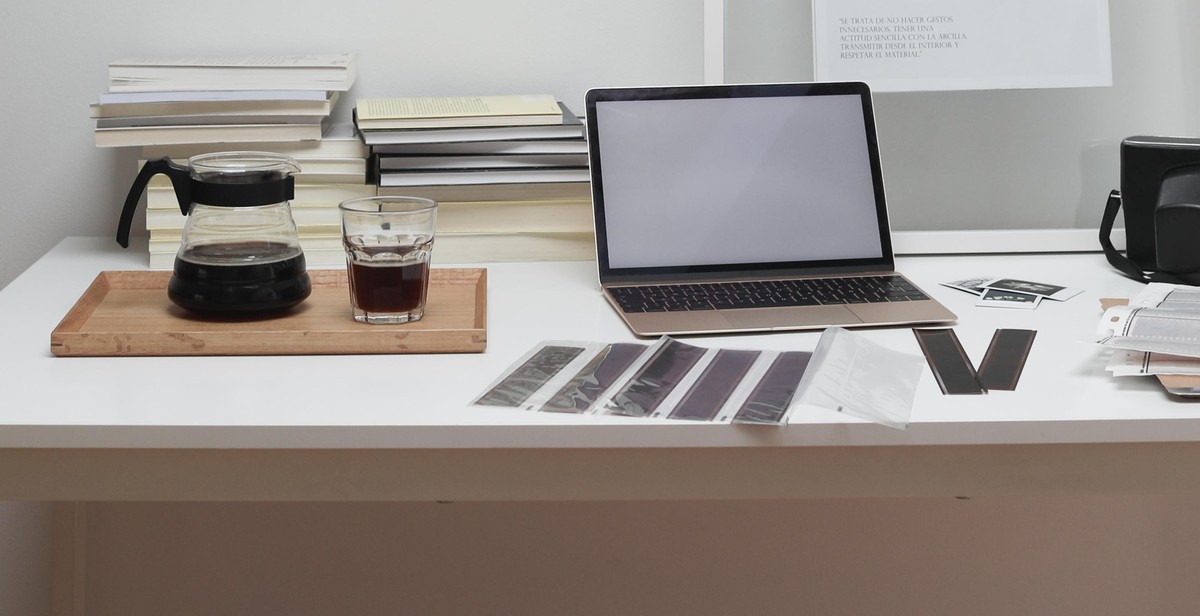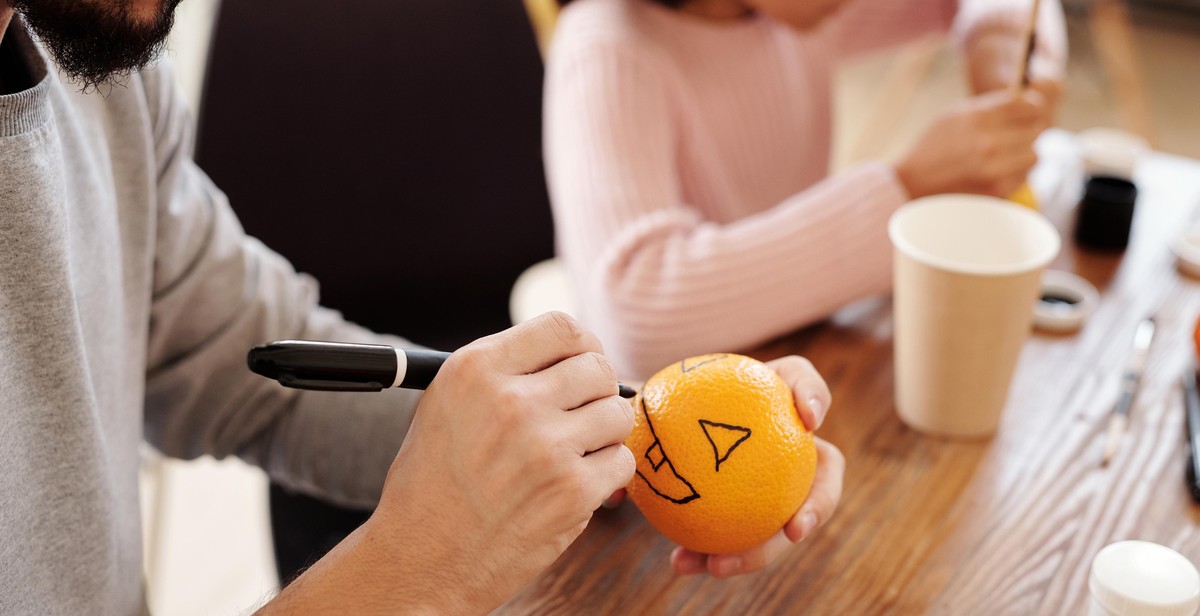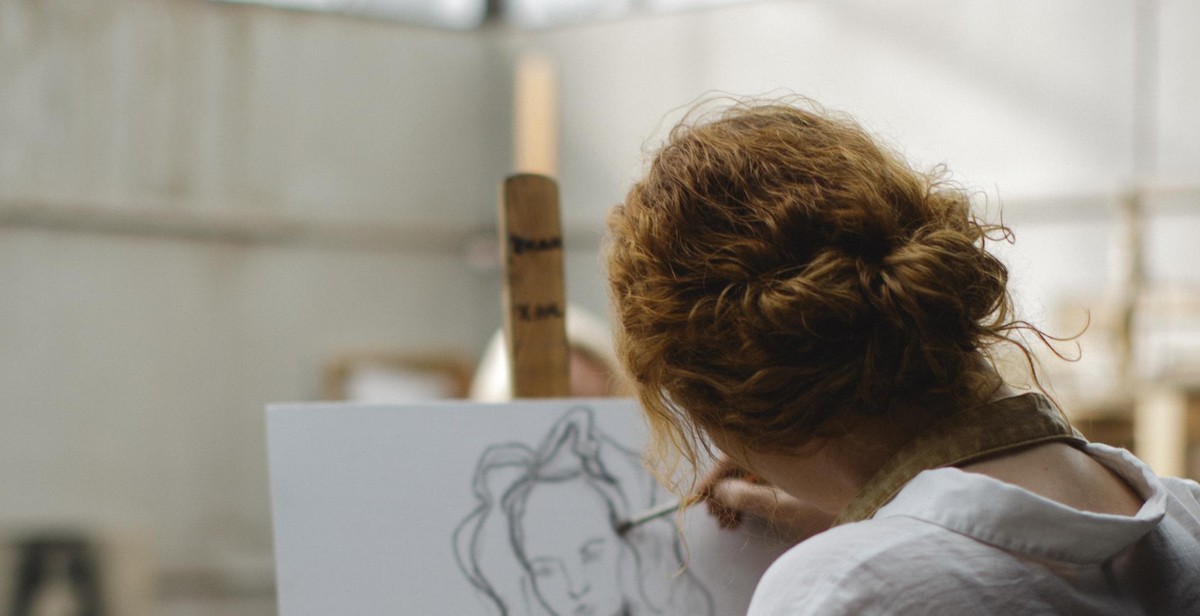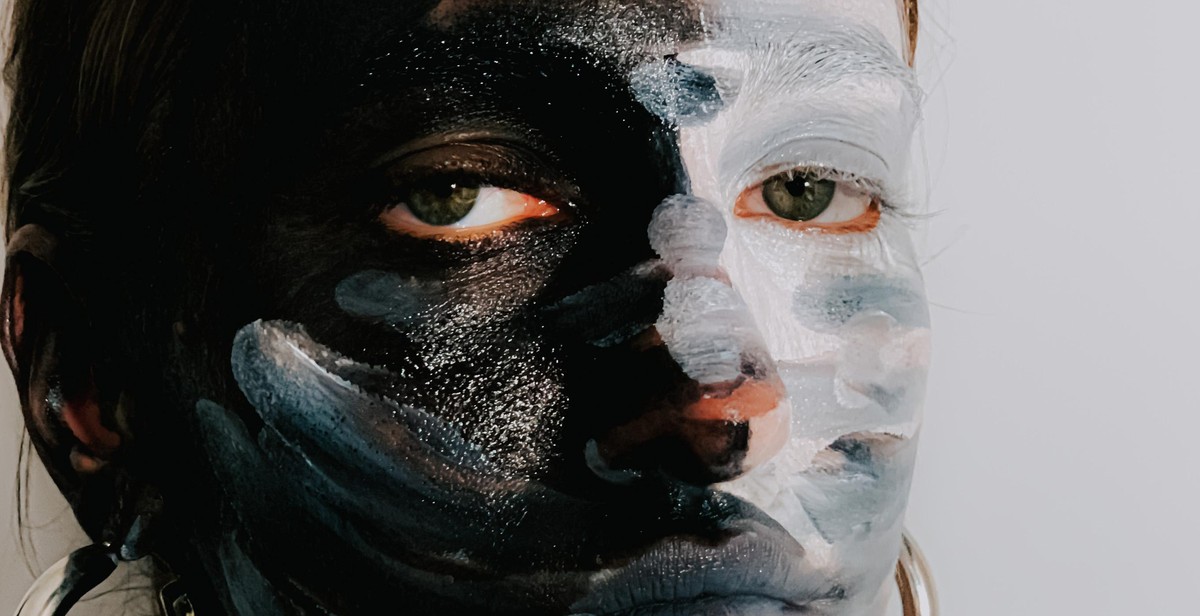Introduction: How to Paint a Realistic Portrait with Mixed Media Techniques
Painting a realistic portrait can be a challenging task, especially if you are a beginner. However, with mixed media techniques, you can create a stunning portrait that captures the essence of your subject. Mixed media involves the use of different materials, such as acrylics, watercolors, pastels, and charcoal, to create a unique piece of art.
In this article, we will guide you through the process of painting a realistic portrait with mixed media techniques. We will cover the materials you will need, the steps involved in creating a portrait, and some tips and tricks to help you achieve the desired results.
The Benefits of Mixed Media
Mixed media allows you to experiment with different materials and techniques, creating a unique and personalized piece of art. It also allows you to correct mistakes and make changes to your painting as you go along, making it a forgiving medium for beginners.
Using mixed media also provides an opportunity to create texture and depth in your painting, giving it a more realistic and three-dimensional appearance.
Materials Needed
- Canvas or paper
- Acrylic paints
- Watercolors
- Charcoal
- Pastels
- Paintbrushes
- Palette
- Water container
- Pencil and eraser
With these materials and techniques, you can create a stunning and realistic portrait that captures the essence of your subject. Let’s get started!

What is Mixed Media?
Mixed media refers to the art technique of combining different materials and mediums to create a single piece of artwork. These materials can include traditional art supplies such as paint, charcoal, and pencils, as well as non-traditional materials such as fabric, paper, and found objects. Mixed media art can be created on any surface, including canvas, paper, wood, and even three-dimensional objects like sculptures.
The beauty of mixed media is that it allows artists to experiment and explore different textures, colors, and techniques, resulting in unique and visually interesting pieces of art. By combining different materials, artists can create depth, texture, and richness in their artwork, making it more engaging and dynamic.
Advantages of Using Mixed Media for Portrait Painting
Mixed media techniques can be particularly useful for portrait painting, as they allow artists to create a more realistic and multidimensional representation of their subject. By using different materials and techniques, artists can capture the nuances of facial features such as skin tone, texture, and expression.
For example, an artist may use oil paint for the base layer of a portrait, and then add layers of colored pencil and pastel to create depth and detail in the skin. They may also incorporate collage elements such as fabric or paper to add texture and interest to the background of the portrait.
Overall, mixed media techniques offer artists a wide range of possibilities for creating unique and visually stunning artwork, making it an exciting and rewarding medium to explore.

Materials Needed for Painting a Realistic Portrait with Mixed Media
Painting a realistic portrait with mixed media requires a combination of traditional and non-traditional materials. Here is a list of essential materials you will need:
List of Materials
- Acrylic paint
- Oil paint
- Watercolor paint
- Charcoal pencils
- Pastels
- Graphite pencils
- Paintbrushes (various sizes)
- Palette knife
- Canvas or paper
- Fixative spray
- Paint thinner
- Palette
It is important to choose high-quality materials to ensure the best results. Different brands and types of paint and paper will produce different effects, so it is worth experimenting to find the products that work best for you.
Choosing the Right Paper and Canvas
The type of paper or canvas you choose will also affect the outcome of your portrait. Here are some factors to consider:
| Factor | Considerations |
|---|---|
| Texture | Do you want a rough or smooth surface? |
| Weight | Heavier paper or canvas will hold up better with multiple layers of paint or media. |
| Color | Do you want a white or toned surface? A toned surface can add warmth to a portrait. |
| Quality | Investing in high-quality paper or canvas will ensure a longer lifespan for your artwork. |
Experimenting with different materials and surfaces can help you find the perfect combination to create a realistic and stunning portrait.

Preparing the Surface
Before starting your portrait painting, it is essential to prepare the surface properly. In this section, we will discuss two critical steps in preparing the surface for your mixed media portrait painting: Gessoing the Surface and Preparing the Underdrawing.
Gessoing the Surface
Gessoing is the process of applying a primer to the surface you will be painting on. Gesso creates a smooth and even surface that ensures your paint adheres well and prevents any absorption of paint into the surface. It also helps to protect the surface from any chemical reactions that may occur between the paint and the surface.
When gessoing, it is recommended to use a high-quality gesso and apply it in thin layers, allowing each layer to dry completely before applying the next. You can use a brush or a roller to apply the gesso, depending on the size of your surface and your personal preference. After applying the final layer, sand the surface gently with a fine-grit sandpaper to create a smooth and even surface.
Preparing the Underdrawing
The underdrawing is the initial sketch of your portrait that serves as a guide for your painting. It is essential to have a well-drawn underdrawing as it will help you create a more realistic and accurate portrait. You can use a variety of tools to create your underdrawing, including pencils, charcoal, or markers.
Make sure to keep your underdrawing light and easy to erase, as you will be painting over it. You can also use a grid system to transfer your reference image onto your surface accurately. This will help you maintain the correct proportions and placement of features in your portrait.
- Use a high-quality gesso for a smooth and even surface
- Apply gesso in thin layers, allowing each layer to dry completely
- Sand the surface gently with a fine-grit sandpaper after applying the final layer of gesso
- Create a well-drawn underdrawing as a guide for your painting
- Keep your underdrawing light and easy to erase
- Consider using a grid system to transfer your reference image accurately

Painting the Portrait with Mixed Media Techniques
Painting a realistic portrait requires careful attention to detail and a range of techniques to achieve the desired effect. Using mixed media techniques can help add depth and texture to your painting, creating a more realistic and lifelike representation of your subject.
Blocking in the Main Shapes
The first step in painting a portrait with mixed media techniques is to block in the main shapes. This involves using a combination of acrylic paint and charcoal to create a rough outline of the subject’s features. Use a large brush to apply the paint in broad strokes, and then use charcoal to add definition and detail to the features.
Layering with Mixed Media Techniques
Once you have blocked in the main shapes, it’s time to start layering with mixed media techniques. Use a combination of watercolor, gouache, and acrylic paint to create a range of tones and textures. Start with lighter colors and build up to darker shades, using a variety of brushes to create different effects. Don’t be afraid to experiment with different colors and techniques to find what works best for your painting.
Adding Details with Colored Pencils and Pastels
Once you have built up the base layers of your painting, it’s time to start adding details with colored pencils and pastels. Use a range of colors to add depth and texture to the subject’s features, paying close attention to the highlights and shadows. Use a light touch with the pencils and pastels to create a subtle effect, and blend the colors together to create a smooth transition between tones.
By using a combination of these mixed media techniques, you can create a realistic portrait that captures the essence of your subject. Experiment with different techniques and materials to find what works best for you, and don’t be afraid to take risks and try new things.

Tips and Tricks for Painting a Realistic Portrait
Choosing the Right Reference Photo
When painting a realistic portrait, choosing the right reference photo is crucial. Look for a high-quality photo that is well-lit and has a clear focus on the subject’s face. Make sure the photo is large enough to capture all the details you need, and consider using multiple photos for reference if necessary.
Working with Light and Shadow
Light and shadow are key elements in creating a realistic portrait. Study the reference photo and identify the light source, and then use shading techniques to create depth and dimension in your painting. Pay attention to the subtle variations in color and tone as the light hits different parts of the face.
Blending with Different Media
Using a variety of media can add depth and texture to your portrait. Experiment with different types of paint, such as acrylics, oils, and watercolors, as well as different brushes and tools. Don’t be afraid to mix media to create interesting effects. When blending different media, be sure to layer them carefully to avoid muddying the colors.
- Choose a high-quality reference photo
- Study light and shadow to create depth
- Experiment with different media for texture
By following these tips and tricks, you can create a realistic portrait that captures the essence of your subject. Remember to take your time and be patient, as painting a portrait can be a time-consuming process. With practice and dedication, you can develop your skills and create stunning works of art.

Conclusion
Painting a realistic portrait with mixed media techniques is a challenging yet rewarding process. By combining different mediums, you can create unique effects and textures that add depth and dimension to your artwork.
Start by selecting the right reference photo and sketching out the basic features of your subject. Then, experiment with different mediums such as graphite, charcoal, watercolor, acrylics, and pastels to create the desired effect. Remember to use layers and build up your painting gradually, paying attention to details such as shadows, highlights, and skin tones.
Don’t be afraid to make mistakes and try new techniques. With practice and patience, you can refine your skills and develop your own style. And don’t forget to have fun and enjoy the creative process!
Tips for Success
- Choose a high-quality reference photo with good lighting and clear details
- Sketch out the basic features of your subject before adding color
- Experiment with different mediums to create unique effects and textures
- Build up your painting gradually, using layers to add depth and dimension
- Pay attention to details such as shadows, highlights, and skin tones
- Practice regularly to refine your skills and develop your own style
Final Thoughts
Painting a realistic portrait with mixed media techniques requires a combination of skill, creativity, and patience. By following the tips and techniques outlined in this article, you can create stunning portraits that capture the essence of your subject. So, grab your brushes and get started on your next masterpiece!
